In the world of industrial automation, Programmable logic controllers (PLC) and Distributed Control Systems (DCS) are used to control or automate a process or a machine. They monitor the field signals and operator inputs and make decisions based on how they are programmed. Here you can understand the difference between PLC and DCS.
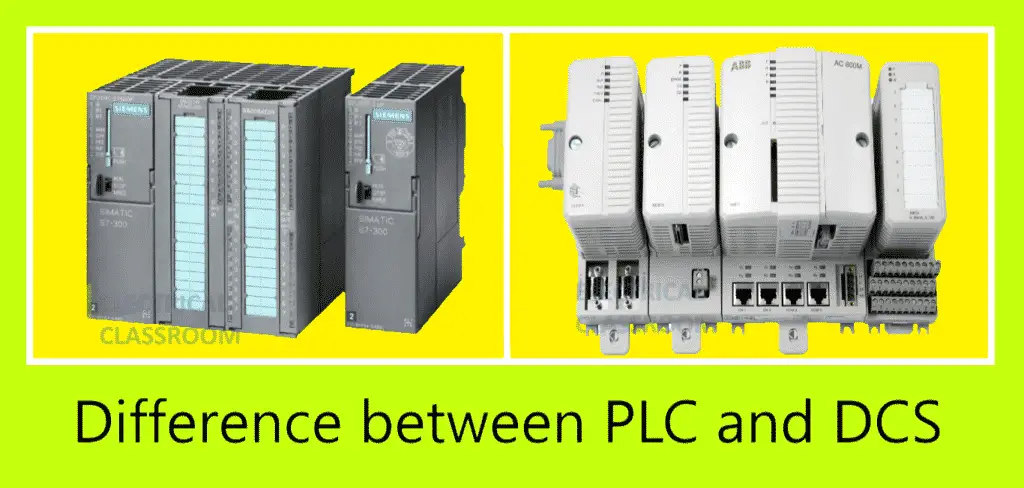
What is a Programmable logic controller?
PLCs are used to control a process or a machine in industries. They were developed to replace hard-wired relay-based controls and improve production, reliability, and safety. A typical PLC system consists of a CPU or processing unit, a power supply, a memory unit, an input, and output interface, and a communication interface for data exchange(between field devices or PC).
PLCs need to be programmed based on their application. They require additional HMI or Human Machine Interface to interact with the operator and alarm reporting. Various communication protocols such as Modbus, Profibus, Ethernet TCP/IP, etc are also possible using additional hardware. Ladder logic, functional block diagrams, structured text, instruction list, and structured functional blocks can be used to program PLCs.

What is a Distributed Control System?
A distributed control system is a collection of multiple control components distributed throughout a plant. Unlike programmable logic controllers, DCS is used to control an entire plant or a process that is continuous or batch-oriented. They are highly scalable and can be used to control complex processes that require a lot of interaction between multiple controllers.
A distributed control system is a collection of multiple redundant controllers, IO modules, engineering stations, operator stations, historian servers, and communication systems. They are capable of handling thousands of IOs at a reliable speed. They are widely used in petrochemical industries, refineries, paper and pulp industries, power plants, pharmaceutical manufacturing, and other areas where manufacturing and process plants.
PLC vs DCS
With emerging technologies, the difference between PLC and DCS has become quite marginal. In spite of that here are a few differences between them.
| Programmable Logic Controllers (PLC) | Distributed Control Systems (DCS) | |
|---|---|---|
| Speed of response | PLCs are can respond to a change within one-tenth of a second. | DCS is slower than PLCs. The typical response time of DCS is 30ms. |
| IO capacity | A PLC is capable of handling a few hundred IOs. When it comes to analog IOs, it can handle tens of them. | A DCS can handle thousands of IOs. It can handle hundreds or even thousands of analogs IOs and PID functions |
| Logic development | PLC can be programmed based on our application. | DCS comes with built-in control functions that need to be configured based on the application. |
| Redundancy | PLCs can be made redundant with additional hardware which makes them more expensive than DCS. | Redundancy is a default feature of distributed control systems. |
| Architecture | PLCs have a simple and flexible architecture. A PLC system consists of controllers, IO modules, HMIs, and engineering software. | DCS systems are less flexible. They come with controllers, IO systems, database servers, engineering, and operating servers. |
| Application | PLCs are best suited for dedicated applications that change less often. | DCS is suitable for complex processes that require advanced process control capability. |
| Cost | Less expensive. | More expensive. |
PAC – Programmable Automation Controller
PAC or programmable automation controllers claim to have overcome the shortcomings of PLCs and deliver control functionalities of a distributed control system. They are a reliable, scalable, redundant, and cost-effective alternative to Distributed control systems.
Review: Difference between PLC and DCS
Programmable logic controllers are highly reliable when it comes to the control of simple machines. It can handle digital inputs and output faster. They are cheaper, simple, scalable, and flexible. They can be customized depending on the requirement. HMI can be added. They need to be programmed as per the requirement. They offer centralized control.
On the other hand, distributed control systems are used for controlling large process plants and industries. They have redundant controllers and ensure continuous operation of the plant. Control is decentralized, meaning that controllers are distributed over a wider geographical area. They are application-specific and need to be configured (rather than programming). They come with controllers, IO systems, database servers, engineering, and operating servers. Suitable for complex controls.
Programmable automation controllers (PAC) have blurred the difference between PLC and DCS. They are equipped with the speed and scalability of PLC and reliability, redundancy, and complex control functionalities of DCS in a cost-effective manner.
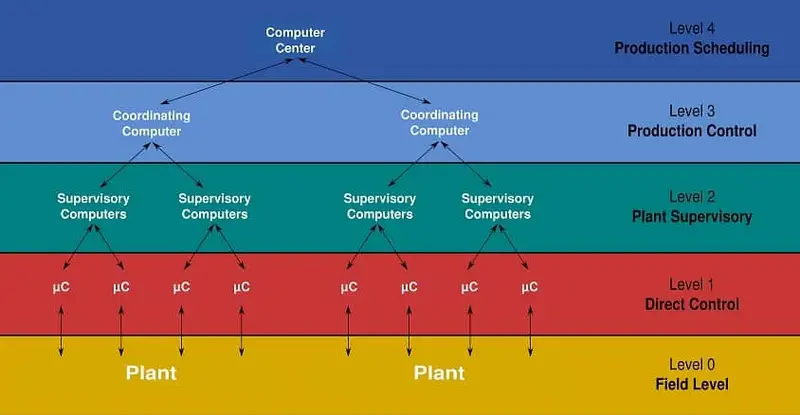
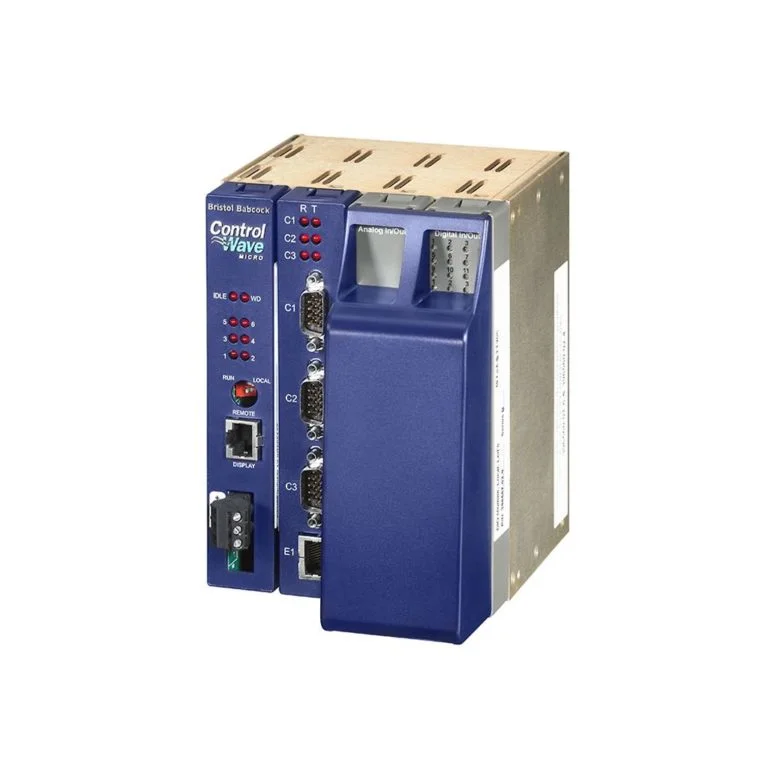
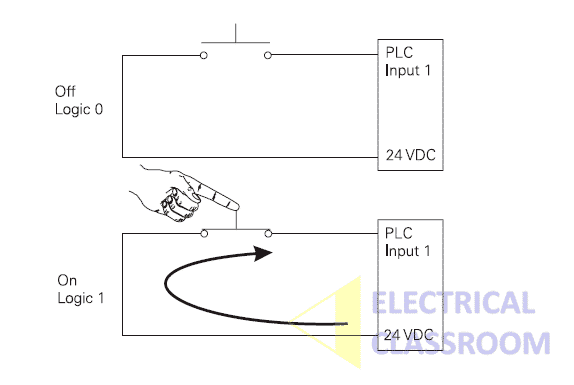
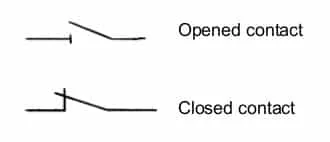

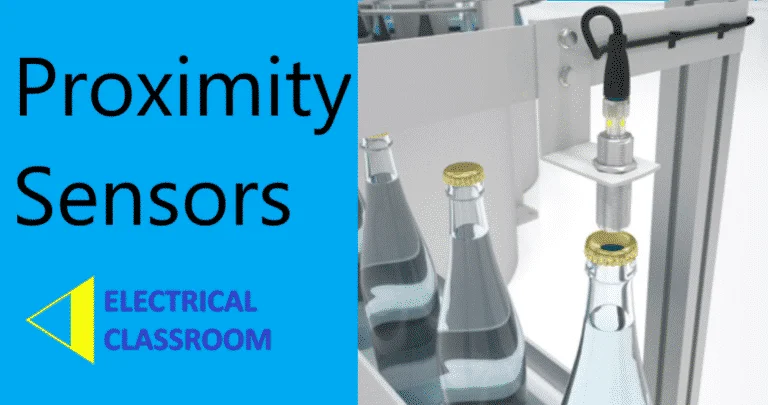
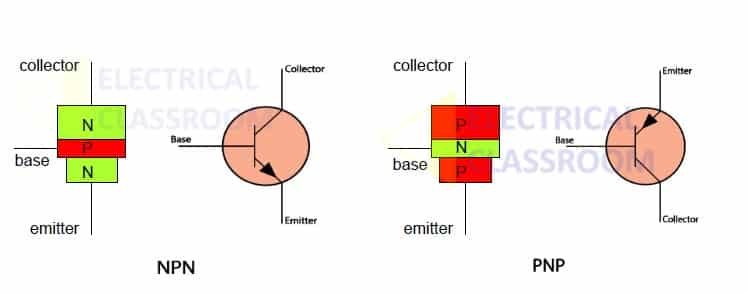
Speed of response: PLCs are can respond to a change within one-tenth of a second.
DCS is slower than PLCs. The typical response time of DCS is 30ms.
30 ms is faster than one-tenth of a second……. 0,03 second versus 0,1 second